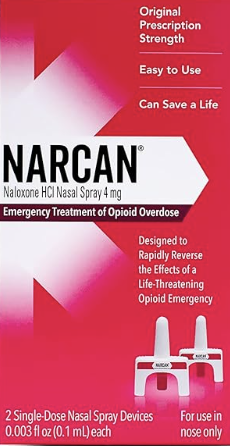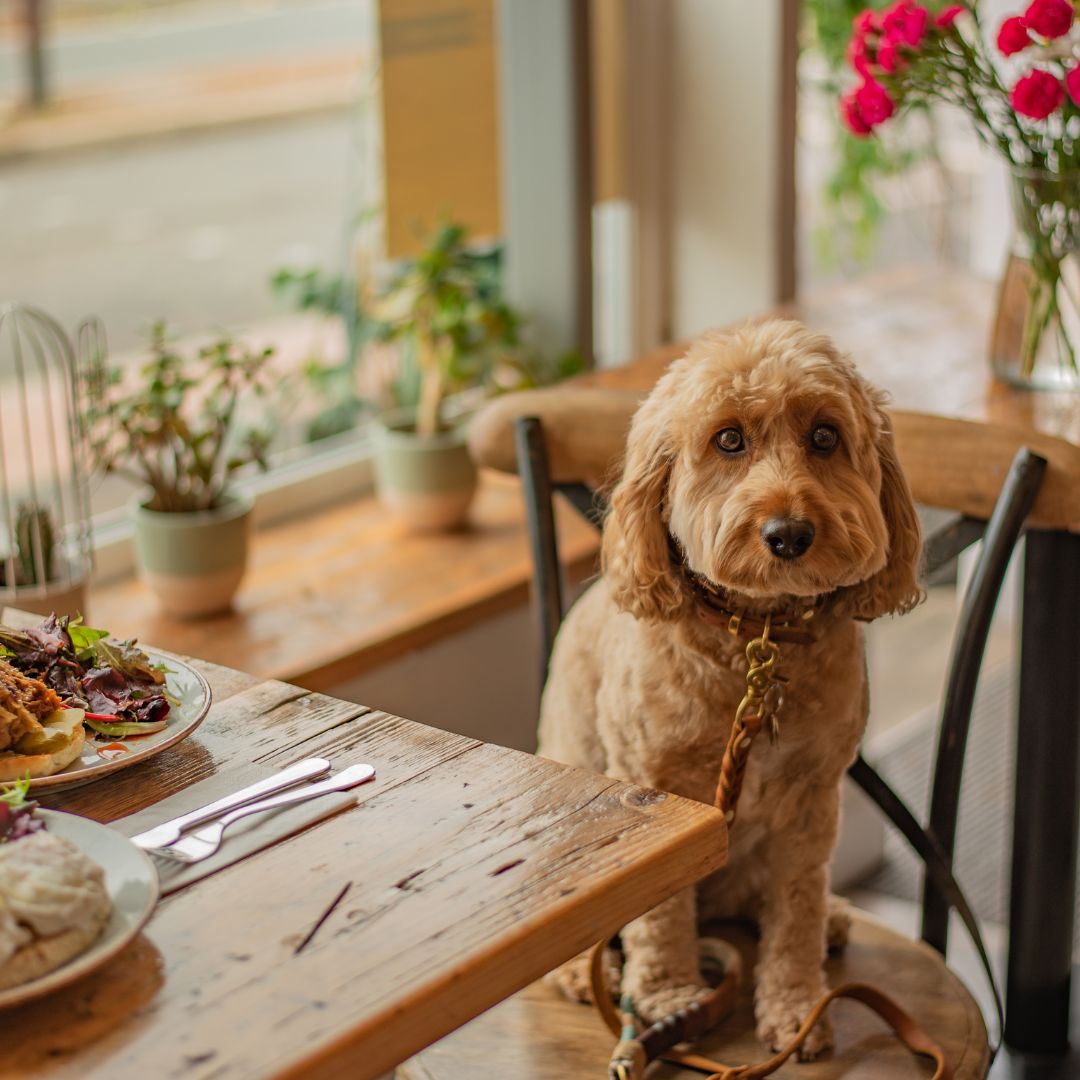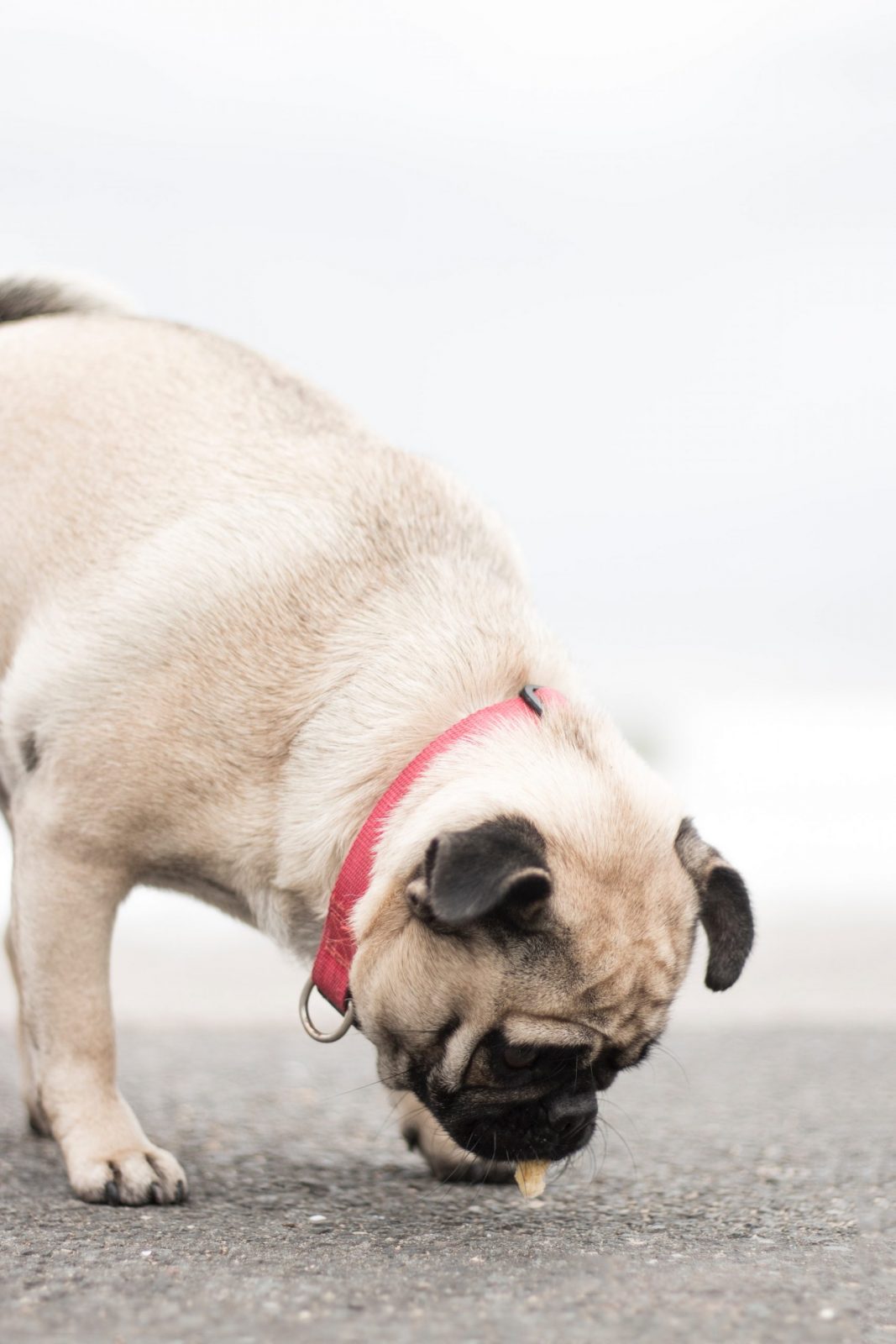1500 Words, 5 Minute Read
Understand the hidden danger of opioid exposure in small dogs and why Narcan for small dogs is a must-have in your pet first aid kit. Learn to recognize symptoms, administer Narcan, and protect your pup from accidental overdose.
My mission is to help small dogs long, happy, and healthy lives through providing educational content to their human parents. To support these efforts, this page may contain affiliate links allowing me to earn a small commission at no cost to you.
The Hidden Danger: Opioid Exposure for Small Dogs
But First, A Bit of Backstory
If anyone had told me thirteen years ago I’d become intimately familiar with what opiate addition looks like, I would have laughed.
No one I knew and loved used drugs. Heck, no one I knew used alcohol other than occasional wine.
At least, that’s what I thought.
My naivete was common at the time. And, misguided beliefs like mine allowed parents to trust doctors passing out opiates to young adults like Halloween candy. Having said that, this is a place for all things small dog and not for personal essays on the scorched earth destruction that is the opiate crisis.
So, let me just fast forward to our happy ending, as we stand now. Today, we are among the lucky ones whose family member is now over ten years sober. His addiction ultimately elevated his life and his life’s path. Thus, in many ways, we are grateful for all the disorder taught us–and still teaches us.
How the Opiate Crisis Endangers Our Dogs
Most of us know drug addiction creates agonizing drug-seeking behavior. One collateral danger brought on by such desperation is one many pet owners are unaware of: accidental opioid or fentanyl exposure. These potent substances, often used medically in both humans and dogs, but more and more frequently abused, can pose a severe threat to our small dogs.
No matter where you live, opiate addiction exists. People hooked on it use it whenever and wherever they obtain it, and they toss the leftover bag or foil or paper square away as soon as possible. They don’t wait to find a trashcan or put it in their pockets. They need to dispose of evidence quickly, and that means littering. Whether we’re walking in a city, a suburb, or the local park, our small dogs could easily sniff or ingest these toxic substances.
And, family members using it legally can unwittingly leave it where your pups find it.

The Urgent Need for Opiate Overdose Preparedness
According to a 2023 poll conducted by independent health policy research organization KFF, 3 in 10 Americans has been or currently is suffering from opiate addiction. As someone with a beloved member who experienced such addiction following an injury and major surgery, I know it can happen anywhere, to anyone. And it can happen no matter how careful families are or how well-informed.
In fact, Johns Hopkins medicine reports some studies show even a single use under the care of a doctor can produce effects that make addiction likely. Other research shows that up to 19% of people who take opiates become almost immediately physically addicted to them.
Regardless of whether someone obtains the opiate legally or through the street, our pets (and children and grandchildren) could be accidentally exposed under any number of circumstances.
Yet, the antidote is readily available. It’s simply foolish not to have it on hand.

Signs of Opiate Overdose in Dogs
It’s crucial to know the symptoms of an opioid overdose in dogs. (And in humans—they’re very similar.) Understanding these signs can help you take immediate action.
Symptoms from opiate exposure can occur in as little as fifteen minutes, and these are the common signs:
- pinpoint pupils
- drowsiness
- difficulty standing
- walking drunk
- vomiting
- failure to respond to commands
- a blank stare
- weakness, progressing to unconsciousness
- inability to breathe and ultimately death.
The Temporary Antidote: Narcan for Small Dogs
Narcan, or naloxone, is a medication that can temporarily reverse the effects of opioids. Having this miracle worker on hand can buy you the time necessary to get your small dog to the vet alive.
Learn how it works and why it can mean the difference between life and death for your small dog.
Historically, Narcan was available only by prescription. It was difficult or embarrassing for families or caregivers to obtain. Moreover, it came only in liquid, requiring a syringe to administer. That’s scary to most people.
Now, however, Narcan or naloxone are available in a nasal spray and you can purchase it at any drug store or on Amazon.
Administering Narcan to a Small Dog
Here’s where I say, for the gajillionth time, I am not a veterinarian and I do not play one on this blog or in my books. If you’ve been reading along for a while, you know I’m just a voracious veterinary science geek as it relates to small dogs. I consult only respected resources, including government, academic, and peer-reviewed research journals.
So again, what I’m offering below is based on that type of research. You will, of course, chat with your vet about the wisdom of having Narcan on hand and administering it to your pup in the event of overdose.

Use Gloves and A Mask
You’ve likely heard of police dog handlers becoming victim to accidental opiate overdose when they’ve administered Narcan to their own dogs.
According to DVM360, using intranasal Narcan to revive your pup carries increased risk of exposing you to trace drugs on your pup’s face or fur. Use gloves and a mask, even if you need to fashion an emergency one out of whatever you’re wearing.
Narcan Dosage for Small Dogs
Here’s where things get a bit tough. The only peer-reviewed research I could find on dosing Narcan for small dogs didn’t deal with small dogs at all.
It was all about proper dosage for working police dogs weighing at least 55 pounds.
While numerous veterinary drug sites say the correct dog dose of Narcan is 0.04 mg/kg of body weight, that doesn’t help much, given the way this drug is available to us.
More recent studies acknowledge commercially available Narcan currently only comes in 4mg doses. Apparently, that’s ok, as these studies merely comment that small dogs will simply get more in their systems. (And, in 2024, many government and service agencies will have access to a much less expensive nasal naloxone product called ReVive – and that comes in 3mg doses. Hopefully, the public will be provided such an option as well.)
Why is overdosing Narcan not an issue? It appears to be because the antidote has such a short half-life in our bodies, both human and canine, that it’s difficult to overdose it.
Given that, if my girls encounter opiates anywhere on our travels –either walking in nature or visiting others, I’ll have no qualms giving a quick spray of the 4mg Narcan in their nose or mouth.
Ohio State Instructional Video
This straightforward video from Ohio State shows how to use the spray Narcan on a dog.
This and many other sites mention that with small dogs or puppies, you might be better off spraying in their mouths–the spray passes through the mucosal barrier there as well.
Understand Narcan works quickly, and your dog could wake in a start and might behave in unexpected ways. Be sure she’s secured and even muzzled.

The Narcan worked: Now What?
Narcan is a powerful tool in reversing opioid overdose in dogs, but it’s essential to know its effects can be relatively short-lived.
Opioids can linger in a dog’s system longer than the effects of Narcan. Therefore, a dog who initially recovers after receiving Narcan may be at risk of slipping back into overdose.
This is why, if you suspect your dog has been exposed to opioids or is showing signs of overdose, it’s crucial to seek immediate veterinary care. Your veterinarian can provide ongoing monitoring and treatment to ensure your dog’s safety and prevent a recurrence of overdose. In some cases, you may need to administer additional Narcan on the way to the vet to maintain its effects until you arrive.
Hopefully, you’ll purchase Narcan to have on hand and you’ll look at the bottle again only to see if it’s still in code. And maybe years from now, you’ll shake your head and say “well, that was a waste of money,” because you never had to use it. If that’s not the case, you’ll have what you need to potentially save the life of any human or dog who’s overdosing. It’s worth it.
Interested in More Emergency Tips for Small Dogs?
Read (or re-read) our comprehensive article on pet poison prevention. Here’s a sample…
We’ve all said it: “I think my dog ate something.”
And it’s never a good thing, like “my dog ate a blueberry” or
“Yay! she ate her breakfast!”
No. It’s “my dog ate chocolate,” or “my puppy swallowed an Advil” or “my dog licked something from the road and now she’s sick.”
You’ll Also Love
Leave a Reply
Your email address will not be published.






My Jack Russell/Boston Terrier mix is about 20 pounds give or take. He has gotten a hold of opiates a few times and the strongest ones on the streets today. His symptoms were not what you would expect of a dog or person. He became frantic, yelping at yhe highest pitch, running back and forth with his back legs giving out and butt swaying side to side, diarrhea everywhere if uou don’t catch him fast and Narcan him. It is a horrible feeling. I’m writing this to let people know, don’t be mistaken if your dog is doing this you would thing an upper,not a downer. My chihuahua is the opposite. Drags the backs legs slowly and tongue hangs out of the mouth. Do not hesitate to give your dog a narcan if uou think ther is even a small chance it got a hold of some. A barman wil not hurt your dog if given once in a while if you think it needs it. If you don’t and ur dog got ahold of some 0piates, the end result is not what any if us want, but we all fear. Next, get rid of the source where your dog is getting a hold of it. If you are the source, then pick a spot where your dogs do not go around and be extremely careful. They don’t have a choice, you do, make the right one if you can’t get the help u need to stop. BE SAFE, BE SMART! They are your children too!